Planting mulberry trees is common today because they grow well in most climates, and the fruits are practical for many gardeners. Are you preparing to plant a mulberry tree in your yard and wondering how fast the tree grows? We researched this question, and here is the answer we found.
Mulberry trees grow fast. A tree can increase from one to two feet per year and grow as much as fifty feet in up to 10 years, depending on the tree variant.
Would you like to learn more about mulberry trees and how to care for them? Are you wondering how long you'll wait for the tree to bear fruit? Keep reading this post for more information.
How Long Does It Take For A Mulberry To Grow?
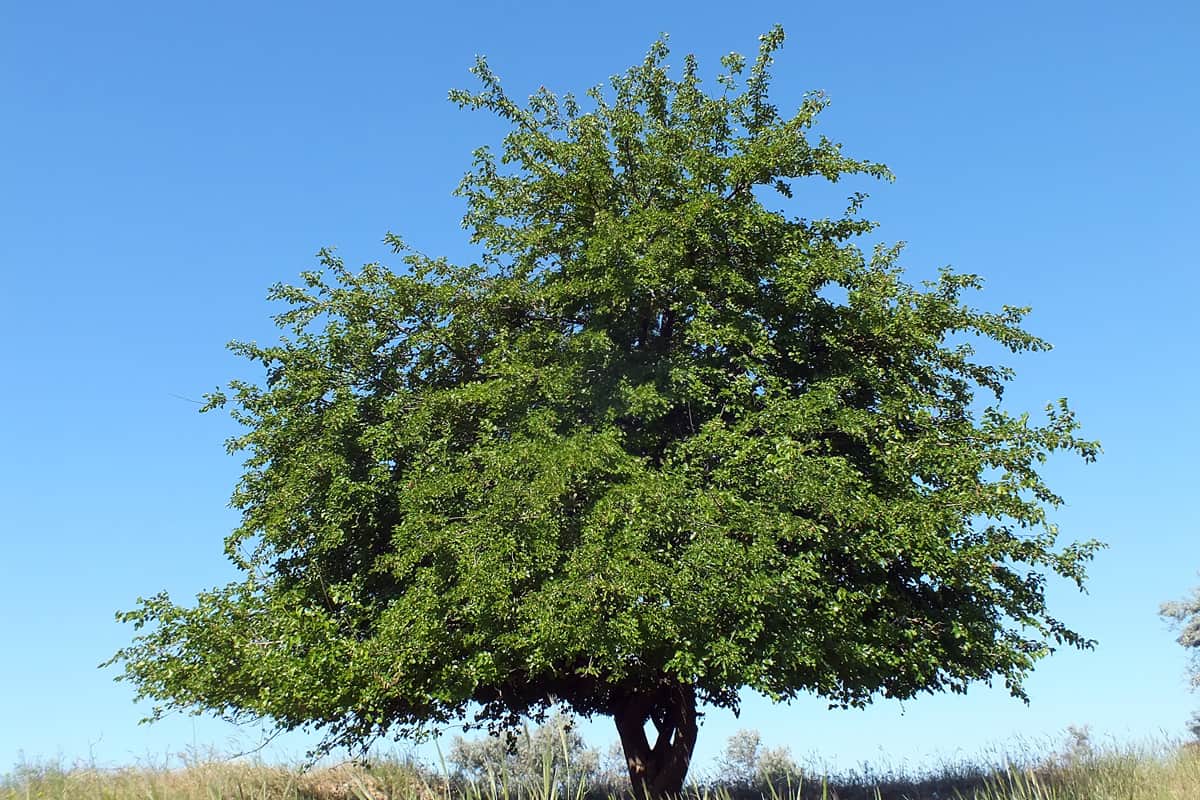
The mulberry tree grows quickly. Over the course of six years, it may grow as tall as 10 to 12 feet.
The speed of growth depends on the mulberry tree variety. White and red mulberry trees can reach the height of a two-story house in 10 to 20 years. The canopy of some trees can spread up to 39 feet in diameter.
The black mulberry is a slower-growing variant that can grow nearly a foot per year and reach a height of 32 feet or more. The black mulberry tree is the smallest among all three varieties.
When To Plant Mulberry Trees
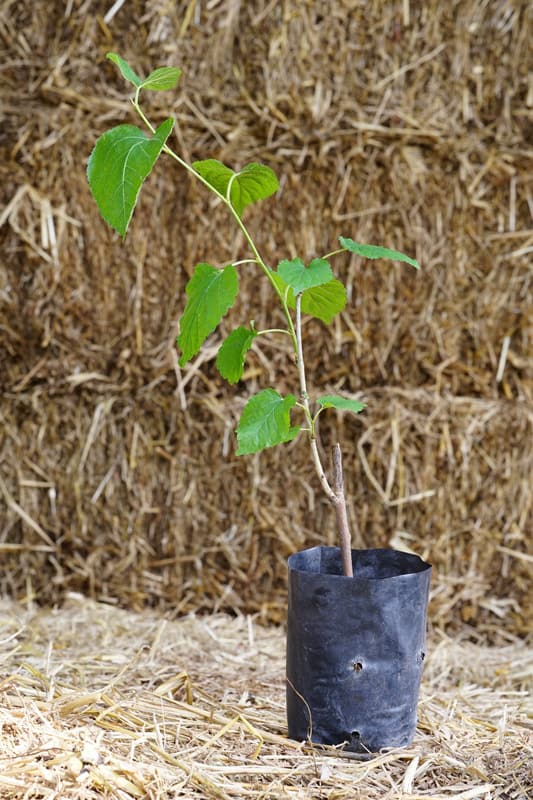
You should plant mulberry trees in the fall, but make sure you protect the roots from frost with mulch. Developing plant roots are weak in freezing weather. Planting in the spring is also feasible, but we advise watering it well during that time for root development.
Are Mulberry Fruits Edible?
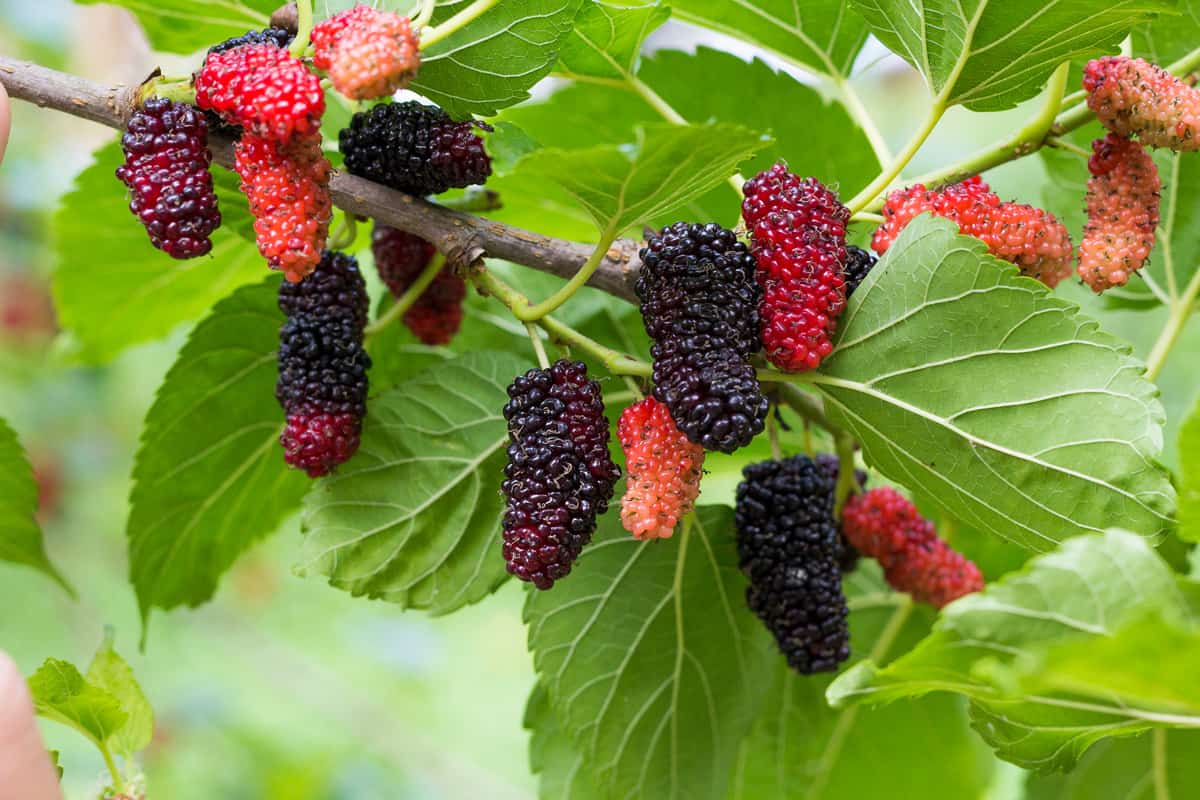
Mulberry fruits are edible and healthy. The fruit is rich in protein and calcium. The fruit also contains anthocyanins and resveratrol—anti-inflammatory compounds that battle oxidative stress. The inner bark is used as a thickener in baking recipes containing flour.
Can Mulberry Tree Thrive In Winter?
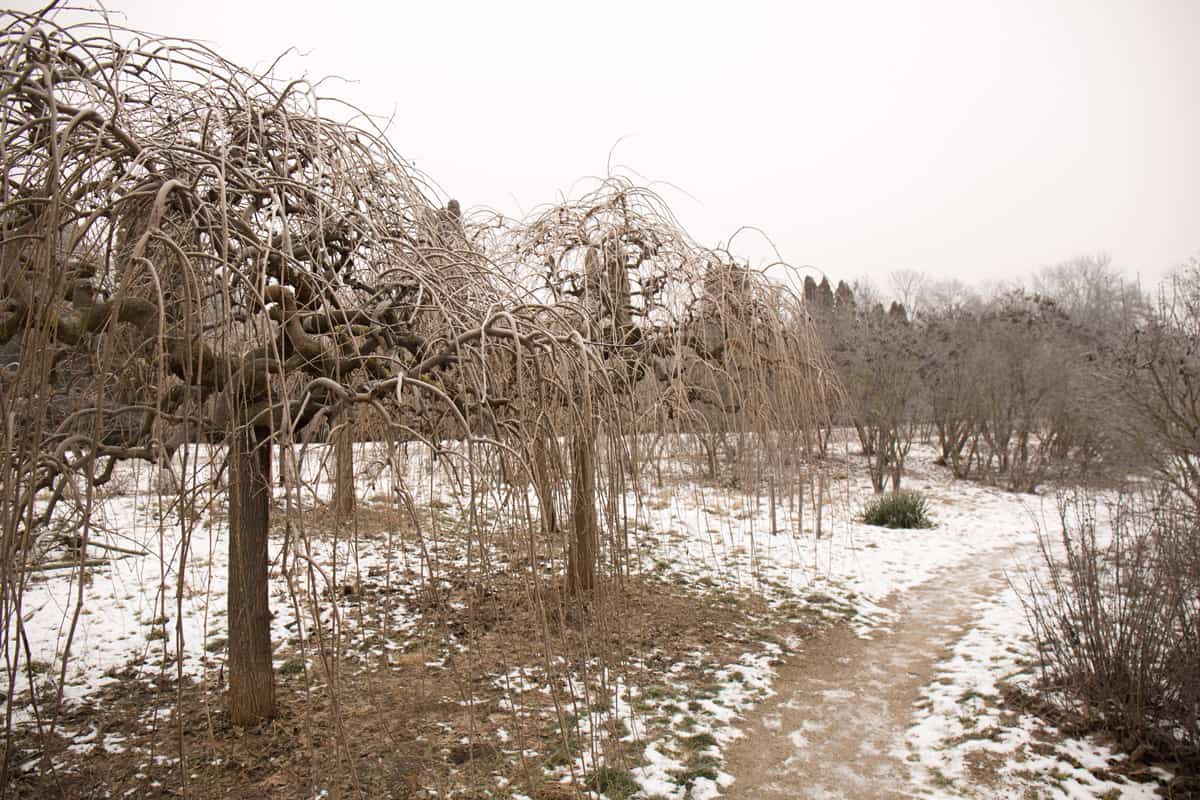
Mulberry trees can handle temperatures of -25 degrees Fahrenheit while dormant and up to 68-86 degrees Fahrenheit in growing seasons. These trees can grow in zones 5 to 10.
The black mulberry may struggle during winter or in any region with temperatures lower than those in zone 6.
Can You Bonsai A Mulberry Tree?
Mulberry trees are a great bonsai species. A mulberry bonsai is reasonably manageable but needs a lot of attention. Here is how to bonsai a mulberry tree:
- Remove the young mulberry plant from the soil.
- Rinse the roots to remove old soil.
- Cut the stems and leave a few inches from the roots.
- Trim the roots.
- Get a clean pot or container.
- Half-fill the container with loam soil mix.
- Plant the stem cuttings and fill the container with more soil mix.
- Water the plant.
- Let it grow some leaves. Cut the large leaves using sharp scissors or a cutter.
- Allow the plant to grow leaves and fruits. Prune the leaves regularly to shape the plant and encourage growth. You can create a beautiful bonsai mulberry tree with continuous care and pruning.
Watch this video to learn more about bonsai and the mulberry tree.
How To Care For Mulberry Trees
Growing mulberry trees is easy, but you will need to provide for the trees' needs to keep them healthy. Here are the basic needs of mulberry trees:
Good Soil
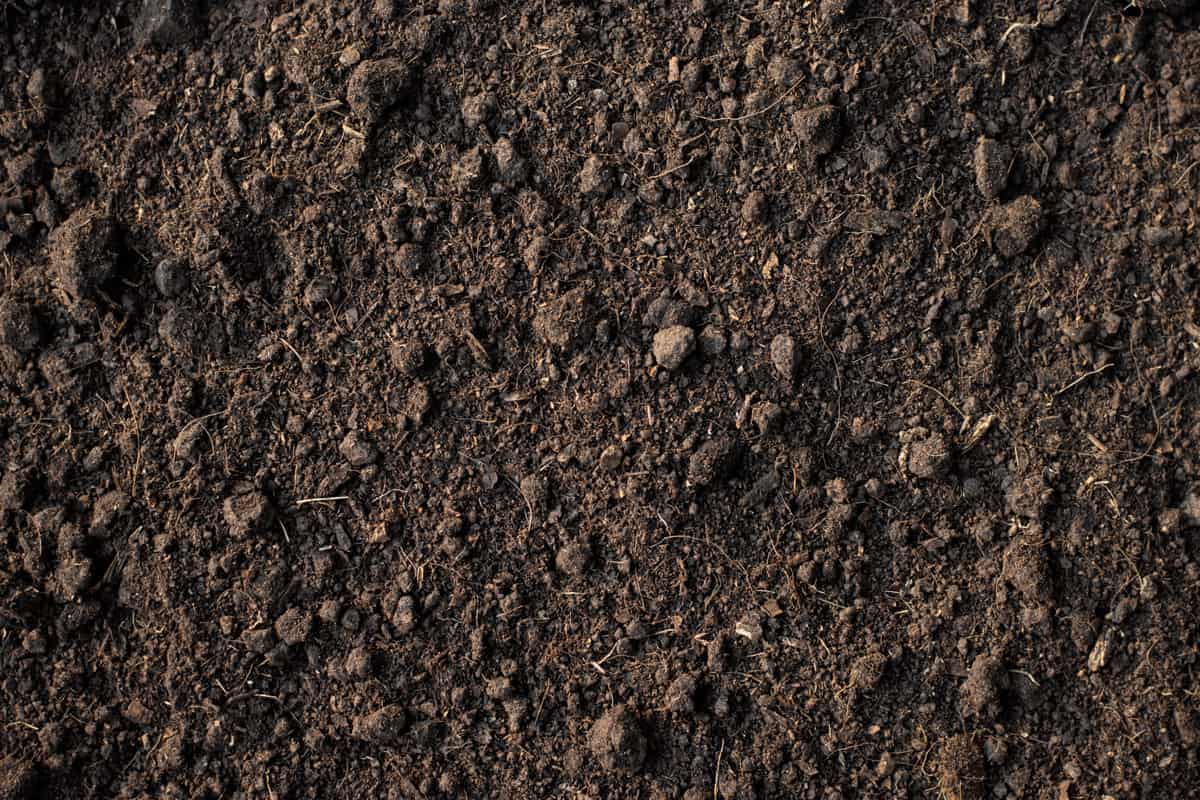
Mulberry trees can tolerate various soil conditions, but they need moist, well-draining soil with a 5.5 to 7 pH level. They can also grow in clay or sandy soil.
Sunlight

Giving mulberry trees direct, full sun for four to six hours daily will help the trees grow better and absorb energy from the sun. The tree can also tolerate partial shade to thrive.
Fertilizer
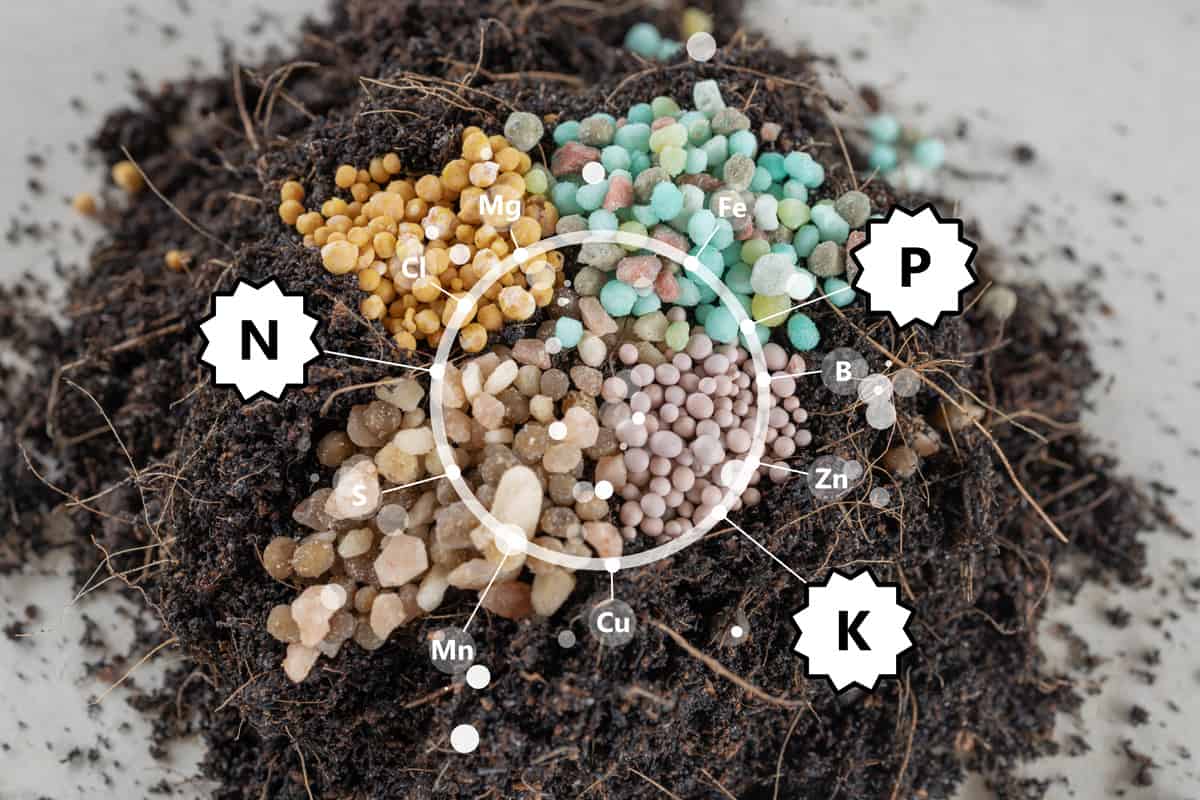
Mulberry trees grow fast with little fertilizer application. Provide a fertilizer with nitrogen, phosphate, and potassium to maintain healthy growth.
You should apply organic fertilizer twice a year, during late winter and mid-summer. Follow the product label for application instructions.
Click here to see this organic fertilizer on Amazon.
Water
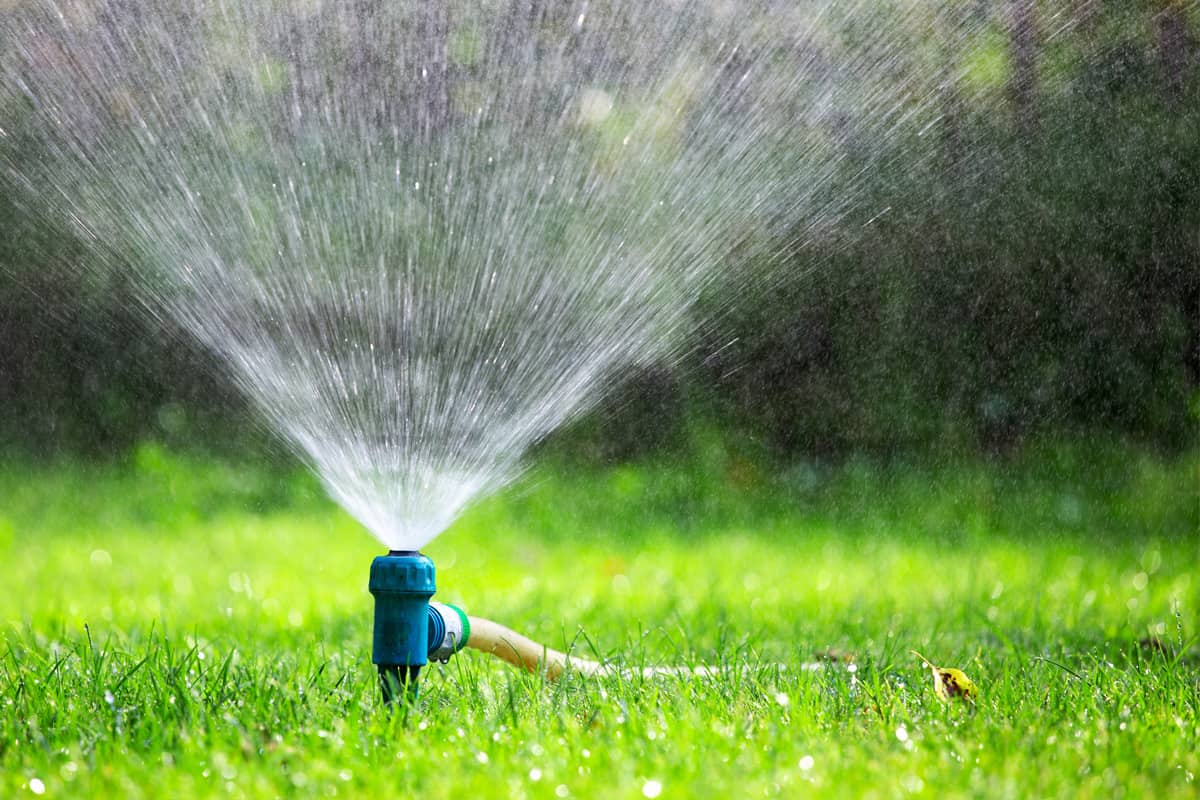
Mulberry trees need a minimum of one inch of water once a week for fruit production and optimal growth. If you live in an area with enough rainfall, you won't need to water the trees.
You should water the plant during dry periods for sufficient moisture to avoid dropping fruits and leaves.
Space
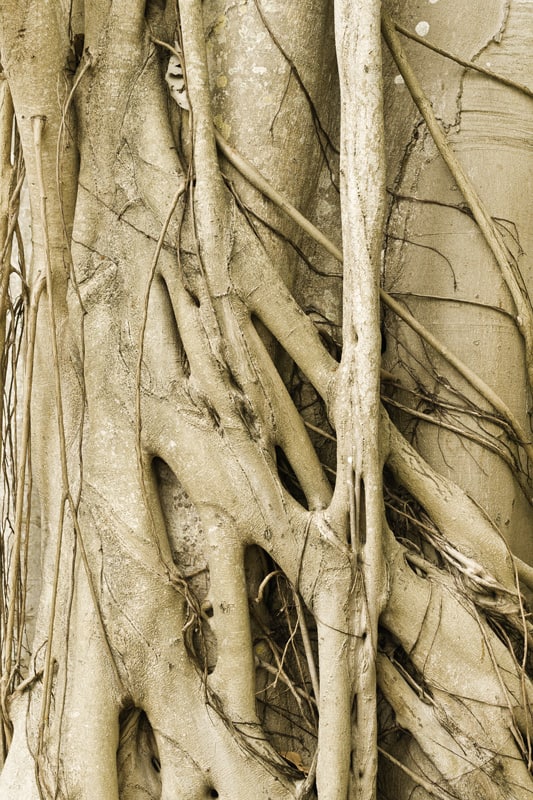
You will need to provide 25 to 30 feet of space around the tree to give the roots room to grow and expand to their capacity.
The mulberry tree is invasive and needs adequate space around it. Plant it away from your house, garage, pathways, your neighbor's property, and other infrastructures that could get damaged by invasive roots.
To control root invasion and prevent damage to your property, you can use root barriers.
Click here to check out these root barriers on Amazon.
Pruning
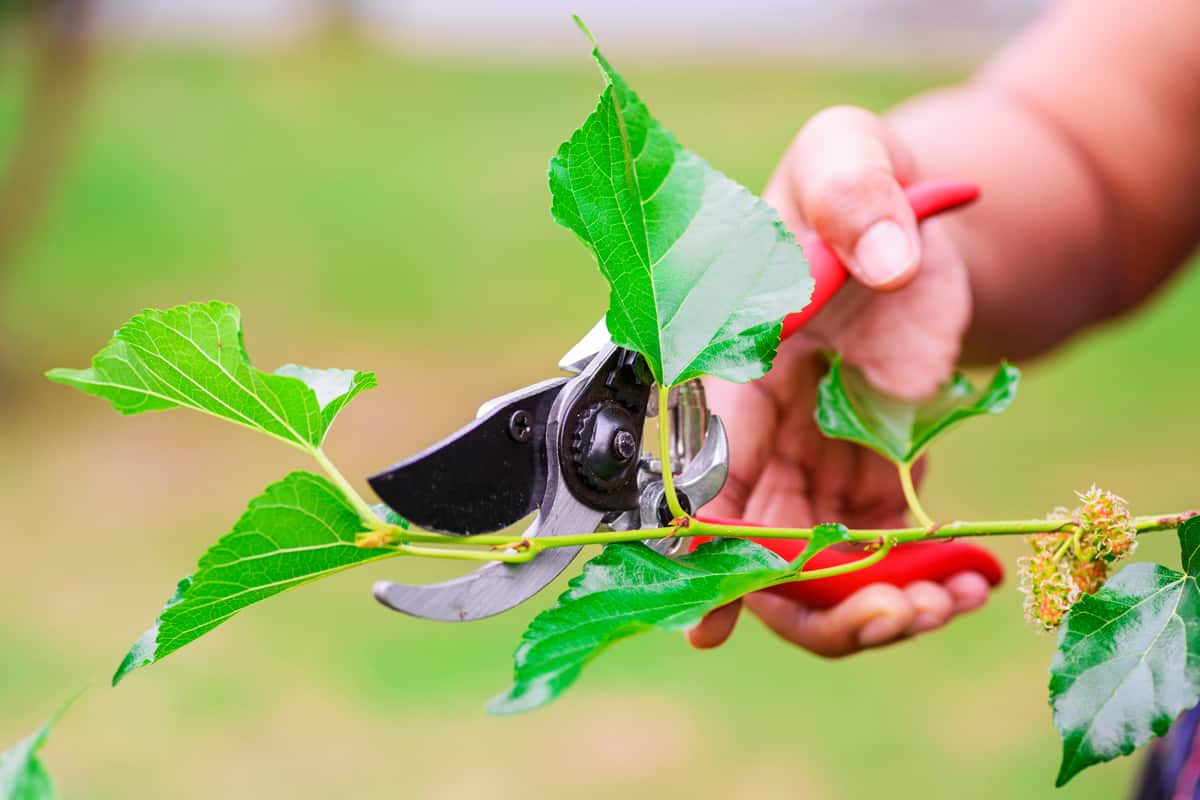
You will need to prune your mulberry trees so that the fruit receives enough sunlight. Ornamental mulberry trees also need pruning to keep them in the desired shape. The black mulberry tree needs pruning so that it grows like a tree and does not look like a bush.
Pruning is also required to deadhead and remove dead leaves or branches.
Are There Non-Fruit Bearing Mulberry Trees?
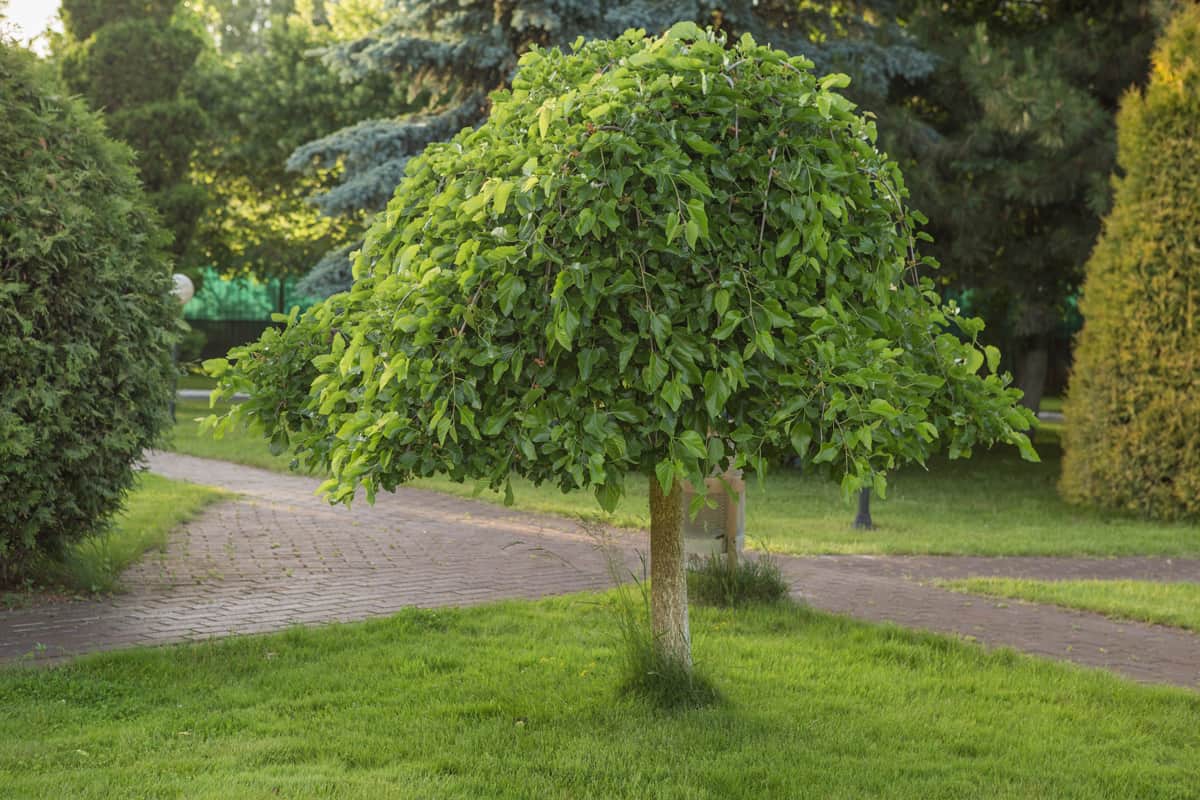
Don't be surprised if your mulberry tree does not produce fruit. Some mulberry tree varieties do not produce fruit. There are several non-fruit-bearing species.
Check what kind of mulberry you have planted and the fruiting season. Usually, the fruiting season is from June to August.
A mulberry tree can take three to 10 years to bear fruit. Some produce fruit within five to six years of planting.
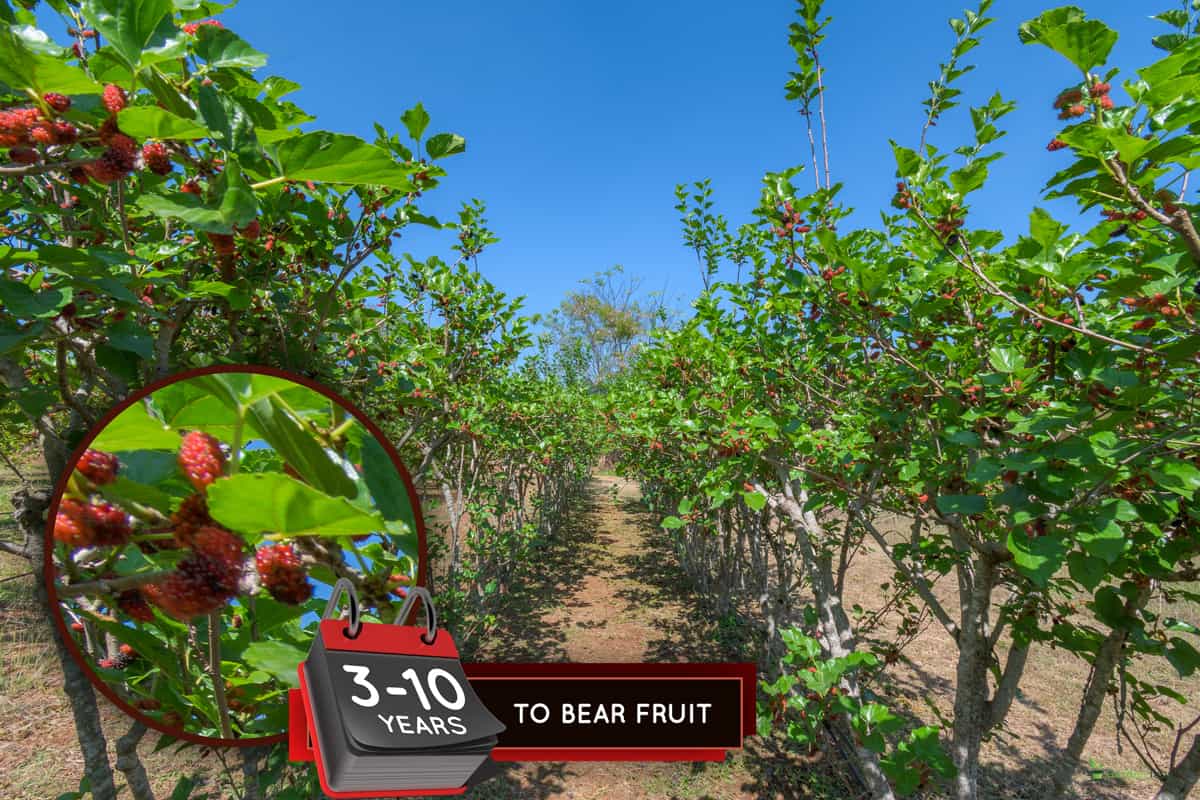
If your mulberry is a fruit-bearing tree and is not producing any fruit, you may need to check for problems and possible diseases.
What Are Some Mulberry Tree Diseases?
Mulberry trees are susceptible to plant diseases that can cause severe damage. Listed below are some of the diseases that can threaten your tree:
Bacterial Leaf Scorch
Bacterial leaf scorch can cause leaves to turn brown and die prematurely. There is no available cure for leaf scorch, but antibiotic oxytetracycline injections can help. If you use this method, you may need to get advice from an arborist.
Bacterial Blight
Bacterial blight is caused by Pseudomonas syringae affecting Morus genus trees like the weeping mulberry. This bacteria is active in wet periods during the spring. Here are some signs that your mulberry tree has blight:
- Brown or black pots on the leaves
- Misshapen leaves and buds
- Dying shoots
The bacteria can damage the tree's branches and foliage. Applying fungicides and pruning the dead shoots in the fall can help prevent bacterial blight.
Click here to see this fungicide on Amazon.
Mulberry Leaf Spot
Mulberry leaf spot is a disease caused by a fungal infection, causing damage to the leaves and affecting fruiting. The early signs of the disease are dark spots on the leaves in early spring. The spots increase over time.
Microinjecting fungicides into the soil will help control the disease.
Click here to see the microinjection fungicide on Amazon.
Powdery Mildew
Powdery mildew is common in gardens and attacks many types of plants. This fungal infection can quickly spread throughout a tree to leaves, twigs, buds, and nearby plants. Some signs that your tree has this disease include curled, folded leaves and slow growth of shoots.
Applying fungicides can help control this disease. Cut the affected areas and clean the dropped leaves around the tree to prevent the spread of the disease.
Click here to see this fungicide on Amazon.
In Summary
In this post, we covered how fast the mulberry tree can grow and how long it will take for the tree to produce fruit. We also tackled the necessary details on how to maintain them. We hope this post will help you with your future gardening projects.
For more details about the mulberry tree and other gardening tips, check out these posts:





